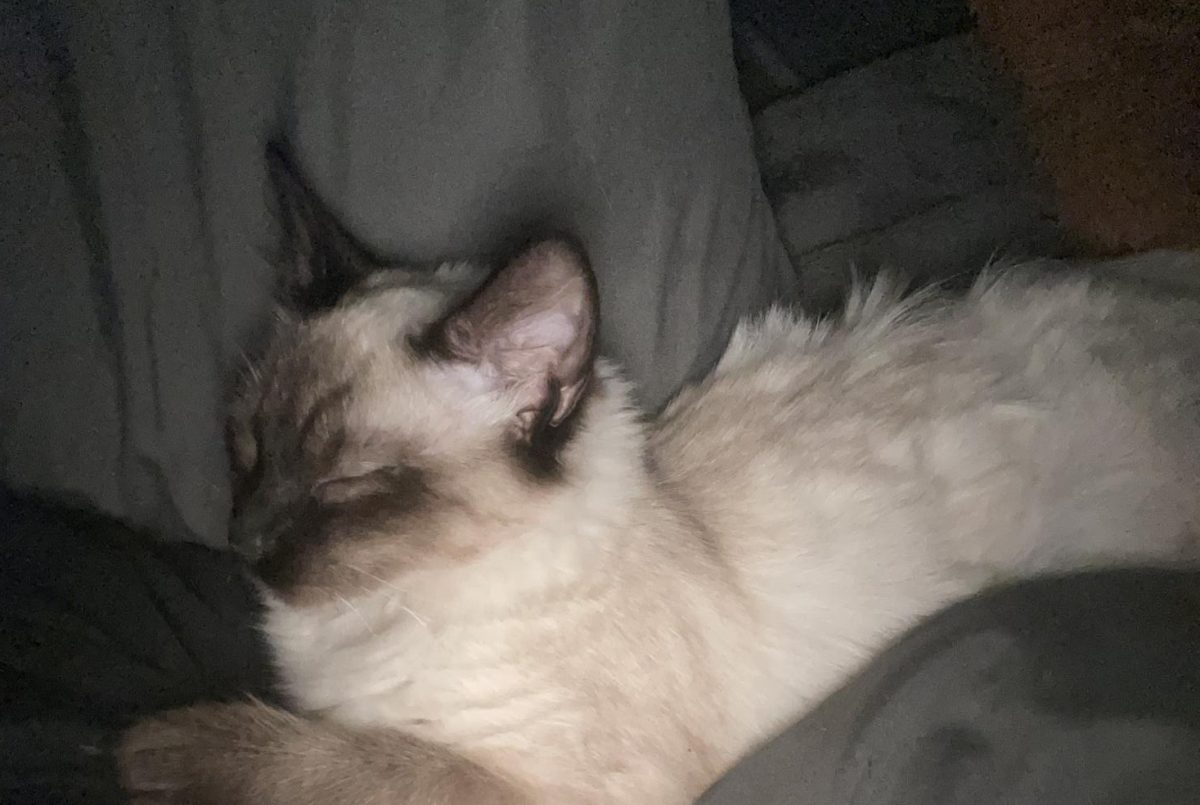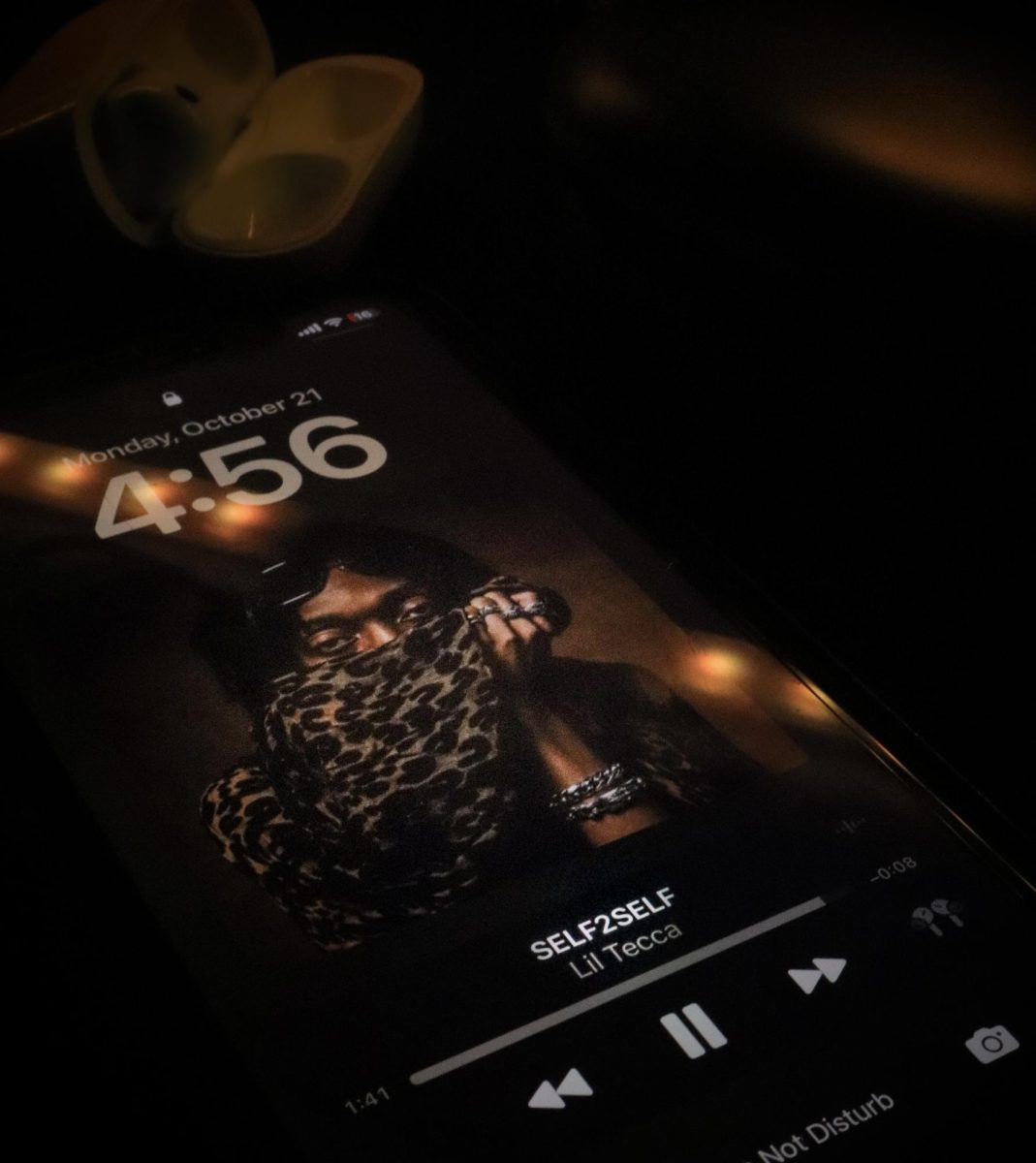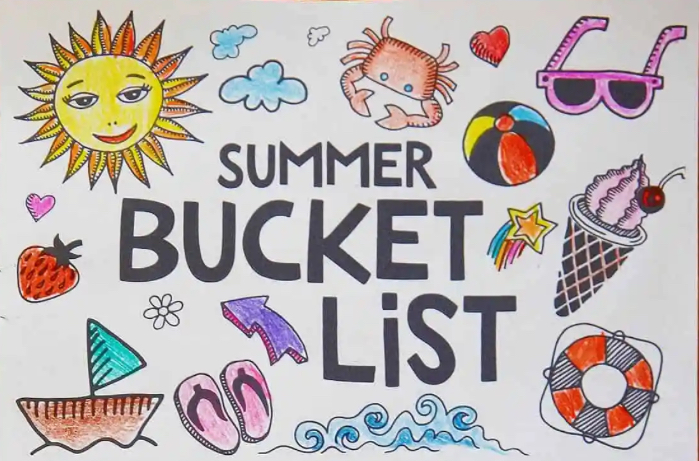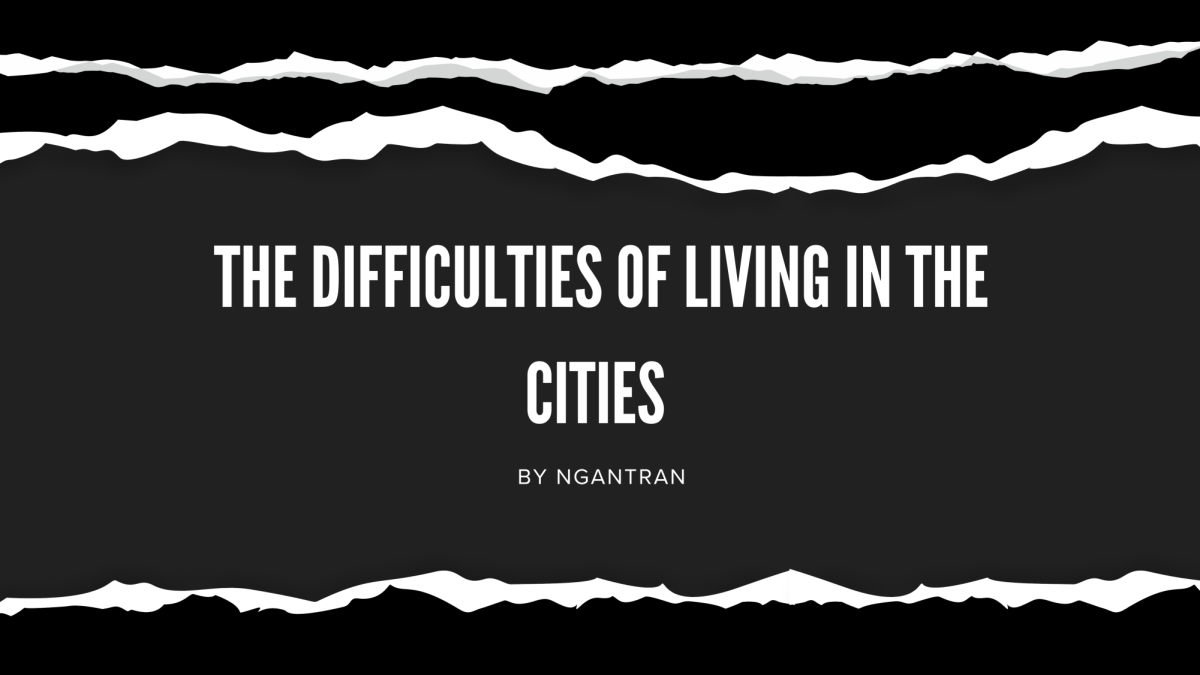Not too long ago, a friend and I were at Starbucks ordering frappuccinos, of course. When we received them, lying atop the frappuccino was whipped cream, which my friend hated strangely enough. She looked at me with a face full of longing, and asked, “Can you please ask them to take it off for me?”
This threw me for a loop. I was so confused, and responded, “Why don’t you just ask?”
She told me that she felt bothersome and was scared with how the barista would react. She didn’t want him to toss a rude facial expression her way, so because of this, she kept her beverage, still topped with whipped cream, and we left.
Since this experience, I’ve noticed, on several separate occasions teens not being able to confidently speak to strangers. In fact, according to Time Magazine, 1 in 8 teens may have social phobia, and of the 10,000 teens (ages 13-18 years old) asked in a survey conducted by Time, 50% of the girls and 43% of the boys said they were “somewhat”-“very” shy. And of those teens surveyed, 12.4% fell under the category of suffering from a social phobia or social anxiety.
“If my order was wrong at a restaurant,” said sophomore Jezzus Verde, “I wouldn’t say anything because I would be too nervous.”
Some speculate that teens today have this social anxiety because they weren’t exposed to the same kind of social interaction as the previous generations of teens. With the social media and amount of texting teens do today, some aren’t getting that experience with speaking to others face-to-face.
In an article written by Teen’s Health, other leading causes of social anxiety in teens can be biological makeup or other life experiences that have caused teens to be more cautious and nervous in social situations.
Psychologists everywhere are currently seeking ways to change the current outbreak of social anxiety in teens. So far, the only way to help treat social phobia is through behavioral therapy or counseling.















